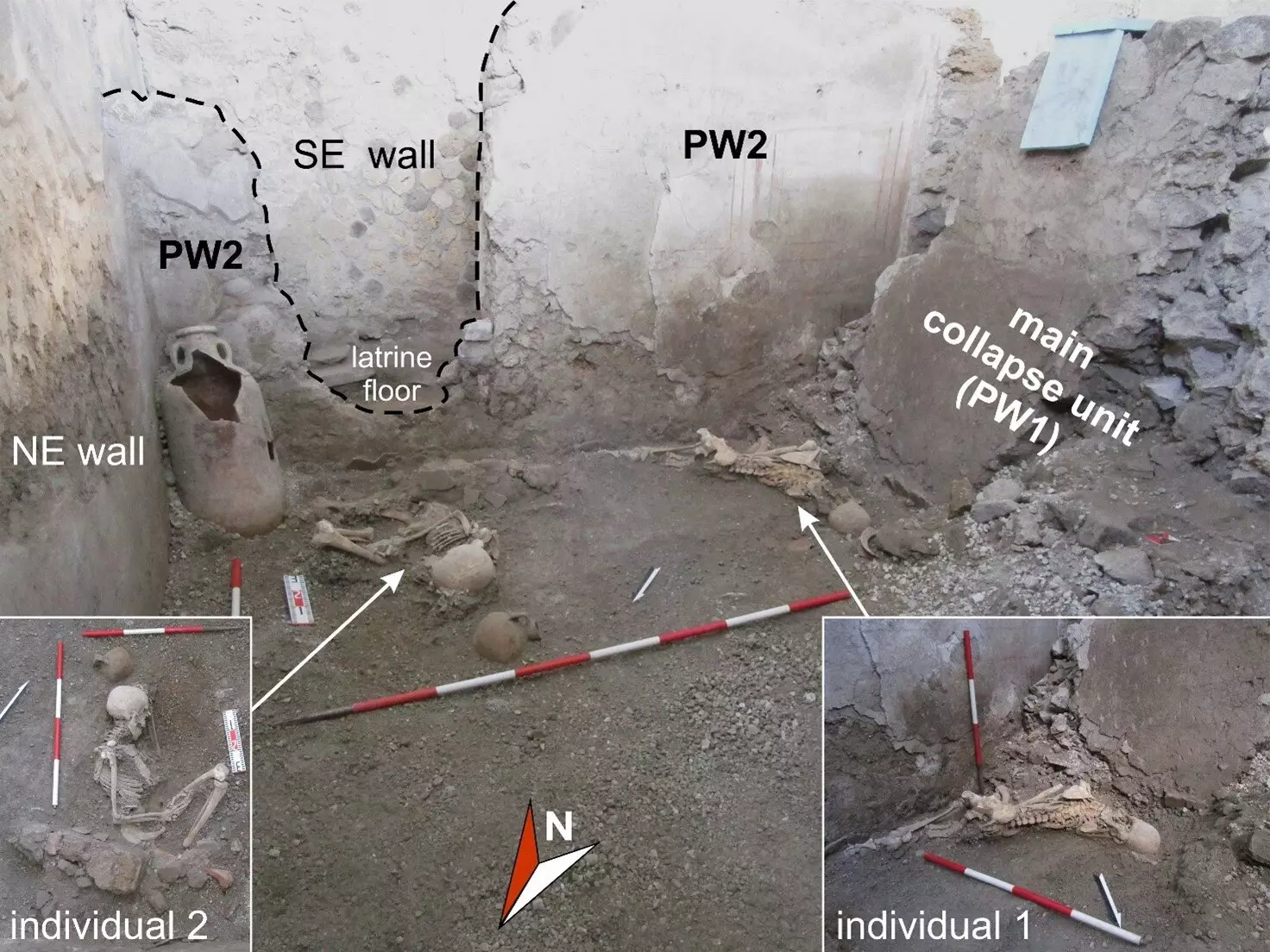The tragic demise of Pompeii in 79 CE has echoed through history as one of humanity’s most poignant reminders of nature’s untamed power. Almost two millennia ago, the astute observations of Pliny the Younger chronicled the residents’ horror as volcanic eruptions rattled the very earth beneath their feet. Today, a new collaborative study spearheaded by the Istituto Nazionale di Geofisica e Vulcanologia (INGV) alongside Pompeii Archaeological Park offers fresh insights into the catastrophic events that transpired. This research not only enhances our understanding of seismic activity during the infamous eruption of Vesuvius but also reveals the complexity of differentiating between volcanic and earthquake-induced destruction.
The Complexity of Natural Disasters
The challenges faced by researchers in disentangling these occurrences are akin to piecing together a jigsaw puzzle—a task complicated by the overlapping nature of seismic and volcanic activities. Dr. Domenico Sparice, a lead volcanologist involved in this study, emphasizes the critical need to unravel these layers to enlighten our understanding of ancient tragedies. This requires a nuanced examination of cause-and-effect relationships, reflecting the delicate balance between natural forces that shaped the fate of Pompeii’s inhabitants. The perceived might of volcanic eruptions might overshadow the seismic tremors, creating a misleading narrative about the true nature of destruction that blanketed the city.
This study is pioneering for its focus on the simultaneous occurrences of earthquakes and volcanic eruptions, closely examining how both could have catalyzed chaos during the final moments of the Pompeiians. Dr. Fabrizio Galadini, a co-author and renowned geologist, notes that understanding these dynamics is crucial. It reminds us that the events are not simply isolated incidents but rather intertwined elements that collectively led to tragedy.
Unearthing Human Stories Amidst the Ruins
As archaeologists focused their efforts on excavating the “Casa dei Pittori al Lavoro,” they discovered structural irregularities that defied typical volcanic destruction, stimulating curiosity about the forces at play. The compelling revelation came with the finding of two male skeletons, each displaying severe trauma indicative of another layer of peril that unfolded during the disaster. Rather than succumbing solely to volcanic fallout, these individuals bore the marks of tragic misjudgment and a desperate struggle against collapsing structures.
The narrative that emerges illustrates a scene of tumult and urgency. For approximately 18 hours, pumice lapilli blanketed the city, initially inducing panic as people sought refuge from the volcanic chaos. Following a lull in the eruption, the inhabitants potentially felt a misleading sense of safety—a dangerous illusion that was brutally shattered by violent earthquakes. It is believed that many who clung to their shelters tragically faced the consequences of their decision as their structures collapsed beneath them, crushing them in the process.
Actions and Reactions: A Glimpse into Pompeii’s Last Moments
The context paints a vivid tableau of human instinct and desperation. The plight of the skeletal remains—particularly that of “Individual 1,” who was swiftly killed by a collapsed wall, starkly contrasts with “Individual 2,” whose defensive posture suggests an awareness of impending doom. This distinction highlights the varied responses of Pompeiians facing an overwhelming crisis, along with the thought processes that may have compounded their peril.
Notably, the analysis of these remains further corroborates suspicions that many victims evaded the immediate threats of ash inhalation or extreme heat, leading to the possibility that they survived through the first deluge only to fall victim to the second wave of destruction. This enlightening perspective reshapes the historical narrative, transforming our understanding from that of simple volcanic horror to one layered with human experience and choice.
Revelations About Pompeii’s Fate
The findings echo broadly throughout our comprehension of the disaster. The research hints at the absurdity of the survival instinct in the face of natural calamities. Expecting safety and refuge only to encounter collapse and death serves as a powerful reminder of nature’s unpredictability. As Dr. Gabriel Zuchtriegel, director of the Pompeii Archaeological Park, elucidates, the dynamic interplay between human choices and natural forces ultimately dictated life and death in the city during those harrowing hours.
While the devastation remains unfathomable, the ongoing research offers a closer glimpse into the lives of those who grappled with fate. The complexity of Pompeii’s volcanic and seismic history invites us to reflect on our relationship with nature and reminds us of the power it holds in shaping human endeavors. The past becomes an echo illuminating the present, instilling a renewed sense of respect for the forces that govern our world.

